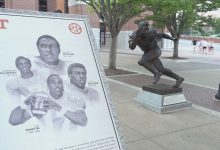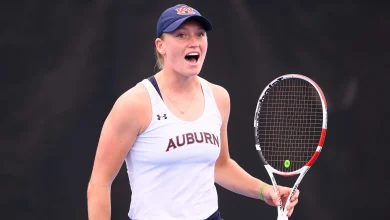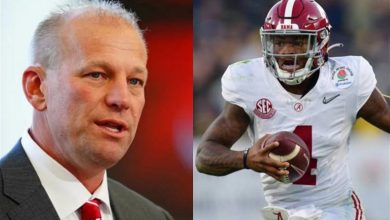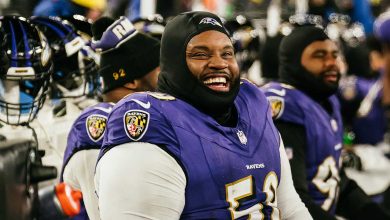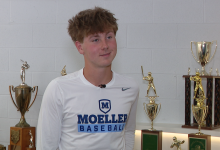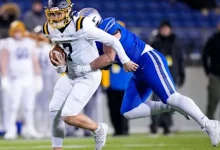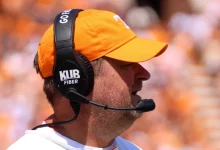The Dodgers have a detailed plan ready for Shohei Ohtani’s pitching return, focusing on rehab milestones and long-term durability goals.
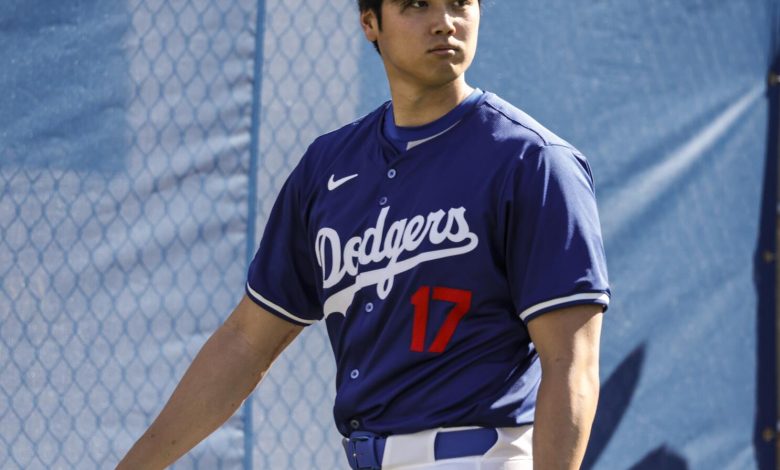
As the 2025 MLB season unfolds, the Los Angeles Dodgers find themselves in a position of both anticipation and calculated patience. While Shohei Ohtani continues to thrive at the plate, mashing home runs and consistently ranking among the top offensive players in baseball, there’s an even greater intrigue brewing beneath the surface: the countdown to his return to the mound.
After undergoing a second UCL procedure last year, Ohtani was ruled out as a pitcher for the entirety of the 2024 season. While he has not thrown a pitch in a regular-season game for the Dodgers yet, the organization has already begun crafting a comprehensive and cautious plan to return the two-way superstar to the rotation in 2025. It’s a strategy rooted in rehab science, performance analytics, biomechanics, and perhaps most critically—long-term durability.
“We’re not just preparing for Shohei the pitcher in 2025,” said Dodgers President of Baseball Operations Andrew Friedman. “We’re planning for Shohei the pitcher over the next six, seven, even ten years. That takes foresight and discipline.”
Here’s a deep dive into what the Dodgers’ plan for Ohtani’s pitching return looks like—and why it could be one of the most scrutinized and strategic rehabs in modern baseball history.
A Careful Road Back from Surgery
Ohtani’s latest surgery, which was performed by Dr. Neal ElAttrache, was described as a modified internal brace procedure—more advanced than his first Tommy John surgery in 2018. While the recovery timeline was shorter, the Dodgers were clear from the outset: there would be no rushing back to the mound.
As Ohtani returned to DH duties early in 2025 spring training, he remained under a strict throwing restriction. The Dodgers, in conjunction with their medical staff and Ohtani’s personal trainers, mapped out a series of progressive stages focused on mechanics, arm strength, and tendon health.
This plan includes:
- Initial Flat-Ground Work – Emphasizing form, posture, and release mechanics without the stress of downhill throwing.
- Long Toss Phases – Gradually increasing distance to rebuild arm strength and monitor elbow response.
- Bullpen Sessions with Biomechanics Tracking – Using high-speed cameras, motion-capture technology, and force sensors to detect stress points and optimize efficiency.
- Live Batting Practice Scenarios – Introducing game-like intensity without the full weight of competition.
- Simulated Games – Facing hitters in controlled environments with real pitch sequencing and tempo.
Friedman made it clear that no stage would be skipped. “We’re letting his body dictate the pace,” he said. “Shohei is a competitor, but even he understands that this isn’t about one season—it’s about his legacy.”
Lessons Learned from the Past
Shohei Ohtani has been here before. Following his 2018 Tommy John surgery, he returned to the mound in 2020 only to be shut down again after just 1.2 innings. The following year, however, saw him finally complete a full season as both a hitter and pitcher—winning the AL MVP and making history.
The Dodgers are using those past experiences—both successes and setbacks—to refine this approach.
“One of the benefits of this being his second time through is that he knows what to expect,” said Dodgers pitching coach Mark Prior. “He also knows where to push and where to pull back. That self-awareness is going to help tremendously.”
Built-In Load Management
One innovative aspect of the Dodgers’ plan is how they intend to manage Ohtani’s workload once he does return to pitching. Rather than force a traditional starter’s role from day one, the Dodgers are open to a flexible model that could include:
- 6-Man Rotation: A natural way to spread out starts and give Ohtani extra rest between outings.
- Piggyback System: Pairing Ohtani with a long reliever to limit his innings while still gaining value from his starts.
- Hybrid Role: Using him in shorter outings, particularly early in the season, before ramping up toward October.
“We’re not married to the idea that he has to throw 100 pitches every fifth day,” Prior noted. “We’re going to be smart and adapt as the season evolves.”
This adaptive model has precedent. The Angels used a version of it during Ohtani’s MVP season in 2021, and the Dodgers have been no strangers to creative pitching strategies under Friedman’s leadership.
The Science of Ohtani
Another cornerstone of the Dodgers’ plan is their heavy investment in sports science and biomechanics. Ohtani’s rehab is being tracked with a level of precision typically reserved for elite aerospace testing.
Dodger Stadium houses one of the most advanced motion analysis labs in the league, and Ohtani’s every movement—whether it’s a warm-up toss or a bullpen pitch—is recorded, analyzed, and compared to his pre-surgery baseline.
“Pitching is violent. It’s an unnatural motion,” explained biomechanics consultant Dr. Jonathan Erlichman. “Our job is to make sure every ounce of energy he generates is being used efficiently. Less stress, better results.”
Data from wearables, ground force plates, and even sleep patterns are part of the evaluation. Nutrition and hydration plans are personalized. Recovery modalities include cryotherapy, red-light therapy, and manual bodywork.
It’s a high-tech, holistic approach befitting a generational athlete.
Ohtani’s Own Commitment
Despite the accolades, endorsements, and global fame, Ohtani remains one of the hardest workers in all of baseball. His drive to return as a dominant two-way player is unquestioned.
“Shohei is incredibly disciplined,” Friedman said. “There are days when we have to slow him down. He’s so locked in on coming back better than ever.”
Ohtani’s team has worked seamlessly with the Dodgers’ staff, blending traditional Japanese training philosophies with modern Western science. The result is a rehab that is as mentally demanding as it is physical.
The star himself has remained quiet publicly about his pitching comeback. But in a rare moment of reflection earlier this season, he said: “I miss pitching. But I understand this journey takes time. I want to do it the right way, not the fast way.”
The Big Picture: Contending Now, Building for the Future
The Dodgers didn’t sign Ohtani to a $700 million contract just for highlight reels. They’re building a dynasty, and his return to pitching is central to that vision.
Pairing him in a rotation with Yoshinobu Yamamoto, Bobby Miller, and Walker Buehler (assuming health) gives the Dodgers a terrifying mix of power, precision, and poise. If Ohtani comes back at even 85% of his peak form, the Dodgers would instantly boast one of the deepest staffs in the game.
But beyond 2025, the organization is clearly thinking long-term.
“We want Shohei pitching at an elite level in 2030,” said Friedman. “That’s what this plan is about. It’s not just the comeback—it’s the sustainability.”
Final Thoughts: The Patience Play
Baseball fans are notoriously impatient. In an era of instant results and highlight culture, waiting nearly two years to see Shohei Ohtani take the mound again feels like an eternity. But the Dodgers have made it clear: patience is the price of greatness.
By resisting the urge to rush, leveraging cutting-edge technology, and collaborating with one of the most disciplined athletes in the sport, the Dodgers are laying the groundwork for something special.
If Ohtani returns to the mound and delivers even a fraction of the brilliance he’s shown in the past, this rehab process will be seen as a model for future generations. If he exceeds expectations—well, history may yet have more chapters to write about Shohei Ohtani, the pitcher.

